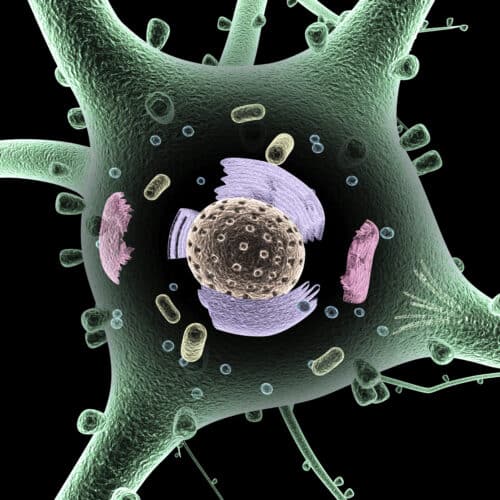Results of FAIRPARK-II deferiprone trial published

The results of the most recent study of deferiprone in people with Parkinson’s (the FAIRPARK-II study) have been published in the New England Journal of Medicine.
Deferiprone is an iron chelator drug which works in the body by binding with excess iron and removing it from the bloodstream, passing it out in urine.
Two previous clinical trials involving 40 and 22 people with early-stage Parkinson’s suggested that treatment with deferiprone, in addition to the usual dopamine replacement drugs such as L-DOPA, not only reduced the accumulation of iron in the brain but also could improve motor function in people with Parkinson’s.
The results of the FAIRPARK-II study of deferiprone involved 372 people with Parkinson’s to investigate whether deferiprone could slow Parkinson’s progression when administered shortly after diagnosis before the start of treatment with dopamine replacement drugs.
Over nine months, deferiprone did reduce iron levels in the brain, but contrary to the study’s original proposal, clinical measurements detected a worsening of movement symptoms in those people taking deferiprone. At the end of the trial all participants were transferred onto standard dopamine replacement treatments and both groups have gained equal treatment benefit. All participants continue to be followed-up.
Of course, these results are disappointing, but we need to understand the reason why there were negative effects with deferiprone in this trial and not earlier studies. Unlike previous trials, participants were not taking dopamine replacement medications and we think this might be a key factor in explaining the results.
Dr Leah Mursaleen, Head of Pipeline Research, Cure Parkinson’s
Iron can have both beneficial and detrimental effects; it is known that iron accumulates in the brains of people with Parkinson’s and excessive levels of iron have been implicated in causing the loss of dopamine producing nerve cells. However, iron is also involved in many essential biological processes in the body, including the production of dopamine itself.
We need to figure out how to remove excessive levels of highly reactive free iron that is associated with neurodegeneration, without depleting iron levels so much as to interfere with essential processes like dopamine synthesis – it’s a balancing act.
Dr Leah Mursaleen, Head of Pipeline Research, Cure Parkinson’s
Given that the findings from FAIRPARK-II do not confirm the findings from previous studies, important research questions need to be investigated further, particularly around when would be the right time in the course of Parkinson’s progression to treat with iron chelators and whether there are other approaches to reduce excess iron in Parkinson’s that could have fewer side-effects. It has been suggested that taking dopamine replacement therapies could counteract the effect of deferiprone on dopamine synthesis and this is something that is being investigated further.
Cure Parkinson’s is now funding the development of next generation iron targeting agents, and the learnings of the FAIRPARK II study will aid the future clinical development of those new drugs.
Statement from the clinical trial team




